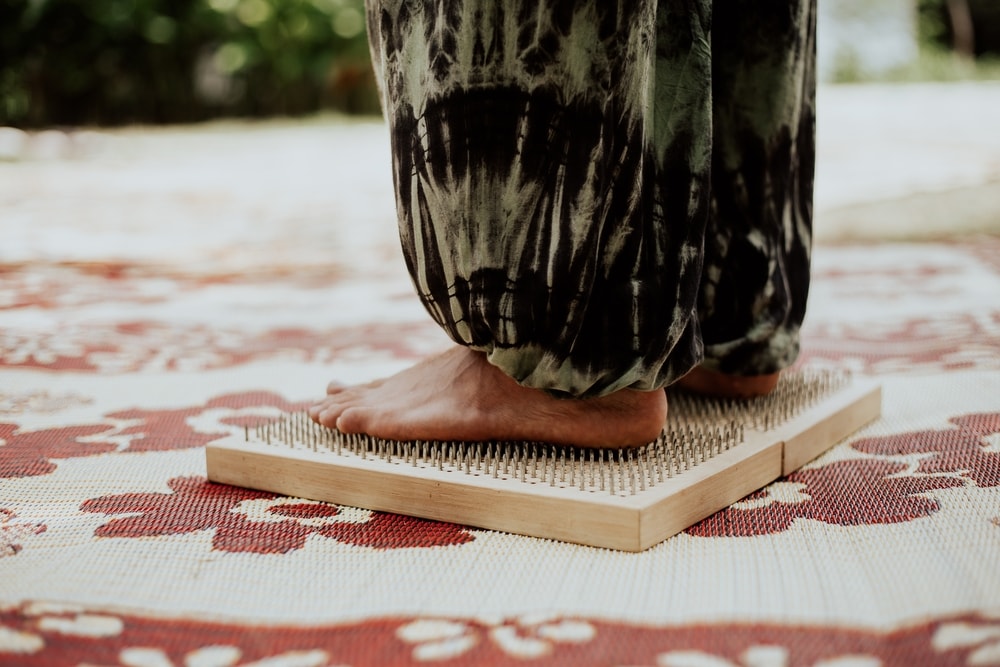What is Chinese Medicine & How Does It Work?
Chinese medicine is the oldest, professional, continually practiced, literate medicine in the world. This medical system’s written literature stretches back almost 2,500 years. And currently 1/4 of the world’s population makes use of it. One can say that modern Western and traditional Chinese medicines are the two dominant medical systems in the world today. Isn‘t Chinese medicine just a system healing? No. This system has been created by some of the best educated and brightest scholars in Chinese history. These scholars have recorded their theories and clinical experiences from generation to generation in literally thousands of books. It is estimated that there are between 30-40,000 extant books on Chinese medicine written before the turn of the century. Since then, thousands more books and articles in professional journals have been written and published in the People’s Republic of China, Taiwan, Singapore, and Hong Kong.

How does Chinese medicine work?
Chinese medicine works by re-establishing balance and harmony within the body. This means balance between yin and yang, balance between the five phases, balance between the viscera and bowels, and balance between the qi, blood, and body fluids. This balance is re-established by supporting the body’s healthy or righteous energy and attacking any unhealthy or evil energy.
How does the Chinese medical practitioner determine what is out of balance?
Practitioners of Chinese medicine diagnose what is out of balance in a person’s body by employing four basic examinations. The first is questioning about one’s signs and symptoms, medical history, and course of disease. The second is visually inspecting one’s face, body, and especially one’s tongue and its coating. The third is listening to one’s voice and the sound of one’s breathing as well as smelling any odors emanating from one’s body or excretions. And the fourth is palpating various areas of the body and especially the pulse at both wrists. Using a combination of one’s signs and symptoms, tongue diagnosis, and pulse diagnosis, the practitioner can determine the pattern of disharmony which requires rebalancing.
How is this rebalancing accomplished?
If something is too hot, the practitioner seeks to cool it down. If something is too cool, they try to warm it up. If something is toowet, they try to dry it, while if something is too dry, they try to moisten it. If something is too much, they try to make it less. And if something is too little, they try to build it up. If something is stuck, they try to move it, and if something is flowing inappropriately, they try to make it flow in the right direction and amount.
What methods are used to re-establish balance within one’s body?
The main professionally applied methods of re-establishing balance are Chinese herbal medicine and acupuncture/moxibustion. Chinese herbal medicines may be prescribed internally or applied externally. Acupuncture and moxibustion seek to regulate the flow of qi and blood within the body by either inserting fine, sterile needles at certain acupoints or warming certain acupoints by various methods. In addition, Chinese medical practitioners may also use tui na or an rna, styles of Chinese massage, they may prescribe remedial or preventive exercises, such as tai ji, qi gong, or dao yin, and they typically counsel their patients on diet and lifestyle, all according to the theories of Chinese medicine.
Source: Arlington Acupuncture